Tired of a Muddy Yard? The Real Deal on Fast-Growing Grass Seed
I’ve seen it all. That frantic look in a homeowner’s eyes before a big backyard party. The muddy moonscape of a new construction site that needs cover, like, yesterday. Everyone wants a lush, green lawn, and they want it fast. But let’s be honest, the word “fast” on a bag of grass seed can be a little misleading.
In this article
In the real world of getting dirt under your fingernails, “fast” doesn’t mean you’ll be hosting a croquet tournament next weekend. It simply means choosing a seed that gets a head start sprouting. True success, the kind that lasts for years, comes from understanding the whole process, not just grabbing the flashiest bag off the shelf at Home Depot.
I’m not here to sell you anything. I’ve just spent a long, long time managing grass for everything from commercial properties to sports fields. I’ve learned what works through a whole lot of trial and error. My goal is to pass that hard-won knowledge on to you so you can skip the common mistakes and build a lawn you’re proud of. This isn’t about miracle cures; it’s about solid, professional techniques that actually work.
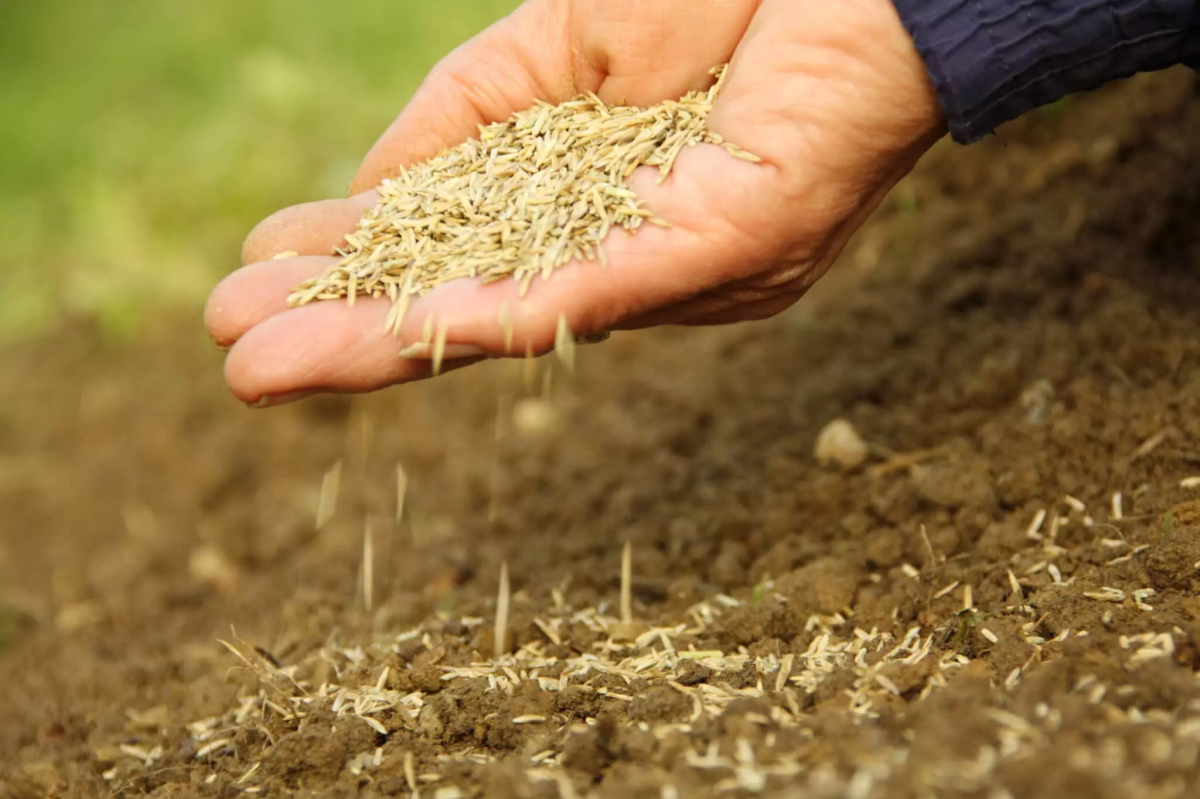
First Things First: What Your Seed is Begging For
Before you even think about buying seed, you’ve got to get the basics right. A grass seed is basically a tiny, hibernating plant just waiting for the right wake-up call. Nailing that wake-up call is the entire secret to quick germination. If you skip this part, even the most expensive seed in the world is just bird food.
The Big Three: Warmth, Water, and Air
Think of a seed as a tiny engine. It needs three things to fire up: warmth, water, and air. For most of the grass types we plant in cooler climates, the sweet spot for soil temperature is between 50 and 65 degrees Fahrenheit. And notice I said soil temperature, not the air temperature. The ground heats up way slower than the air, especially in the spring.
A quick tip: Buy a soil thermometer. Seriously. They’re less than $10 online or at a garden center and take all the guesswork out of it. Just stick it two inches into the soil. If it’s in that 50-65°F range, you’re good to go.
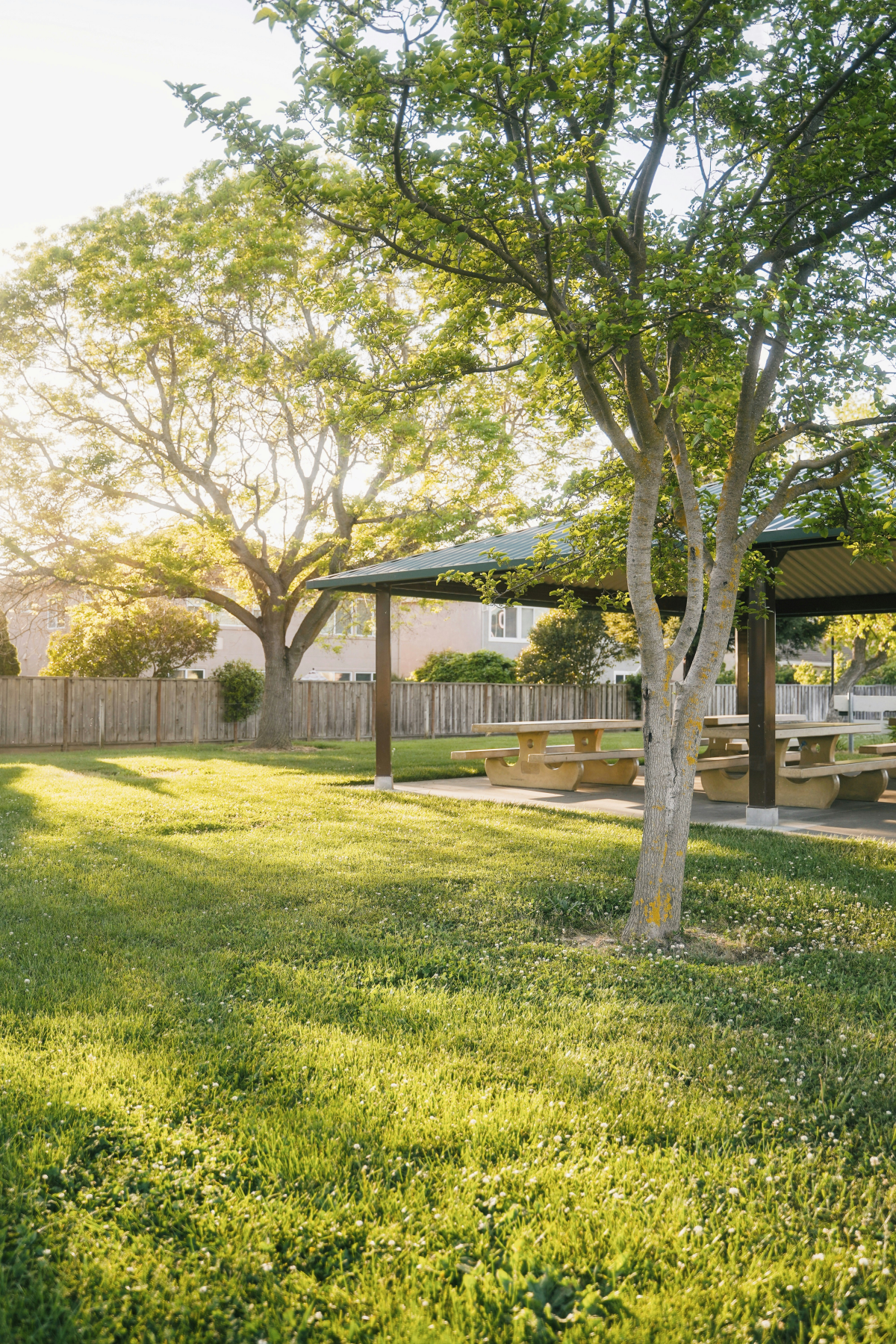
Next up is moisture. The seed needs to stay consistently damp to soften its shell and kickstart its internal growth. This doesn’t mean creating a swamp. You’re aiming for the top inch of soil to feel like a wrung-out sponge. Heads up! This is the #1 reason new lawns fail. If a seed starts to sprout and then dries out for even a day, it’s dead. Game over.
Finally, the seed needs oxygen. This is why we don’t just toss seed onto compacted, heavy clay. Healthy soil has tiny air pockets that let the seed breathe as it works to grow.
The Most Important $20 You’ll Spend: A Soil Test
Here’s a rule I live by: never work blind. Planting grass without a soil test is like trying to bake a cake without a recipe. You’re just guessing. A simple soil test is, without a doubt, the best money you will ever spend on your lawn. It’ll run you about $15 to $25 and the information you get back is pure gold.
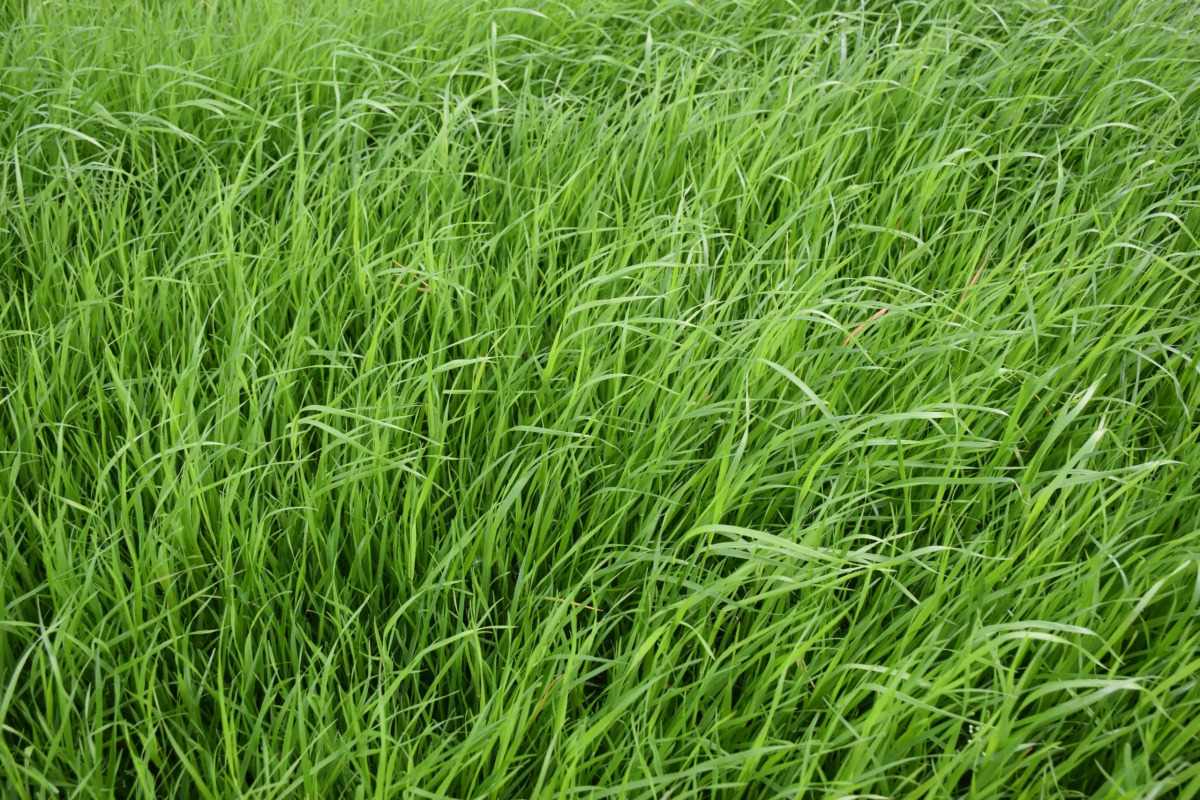
So, how do you actually do it? It’s easy:
- Step 1: Google “your state + cooperative extension office.” Find your local branch.
- Step 2: Grab a clean bucket and a trowel. Dig 5 or 6 small holes around your yard, about 4-6 inches deep.
- Step 3: Put a scoop of soil from each hole into the bucket and mix it all together. This gives you a good average sample.
- Step 4: Take about a cup or two of that mixed soil, put it in a ziplock bag, and drop it off at the extension office. They’ll give you a full report in a week or two.
That report will tell you your soil’s pH (if it’s too acidic or alkaline) and exactly how much lime you need to add to fix it. It will also reveal your nutrient levels, especially phosphorus, which is critical for new seedling roots. This way, you only add what your lawn actually needs, saving you money and preventing needless fertilizer runoff.
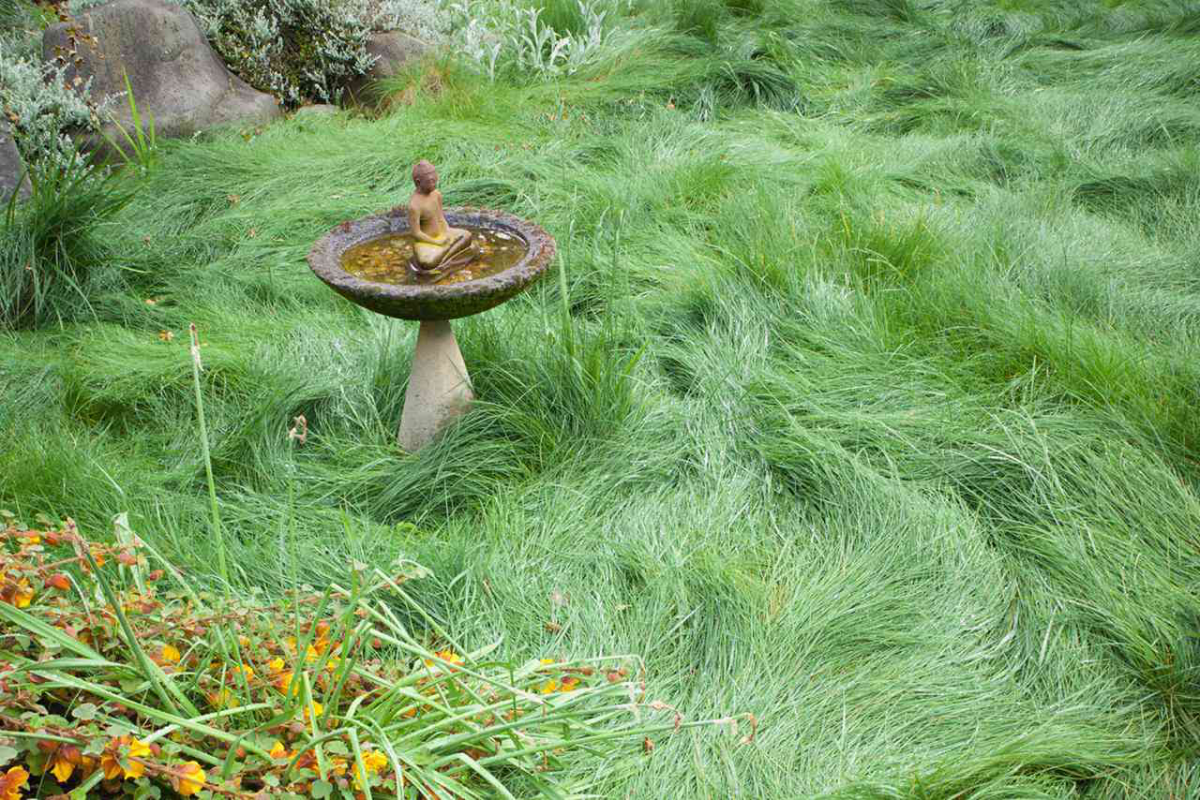
Choosing Your Fighter: Picking the Right Grass Seed
Okay, let’s talk seed. The term “fast-growing grass seed” almost always points to one specific player: perennial ryegrass. But here’s a pro secret: the best lawns are almost never made of a single type of grass. We use blends and mixes to build a more resilient turf. Think of it like diversifying an investment portfolio—if one stock (or grass type) takes a hit from disease or drought, the others are there to pick up the slack.
Oh, and a lesser-known trick: when you’re at the store, ignore the marketing on the front of the bag. Flip it over and look for the little white tag. This is the seed analysis label. You want to see “0% Crop Seed” and “0% Weed Seed.” This is the mark of quality seed and ensures you’re not paying to plant weeds.
Cool-Season Grasses (For Northern and Mid-Country Lawns)
These are the grasses that look amazing in the cool weather of spring and fall. The best time to plant them is usually late summer or early fall.
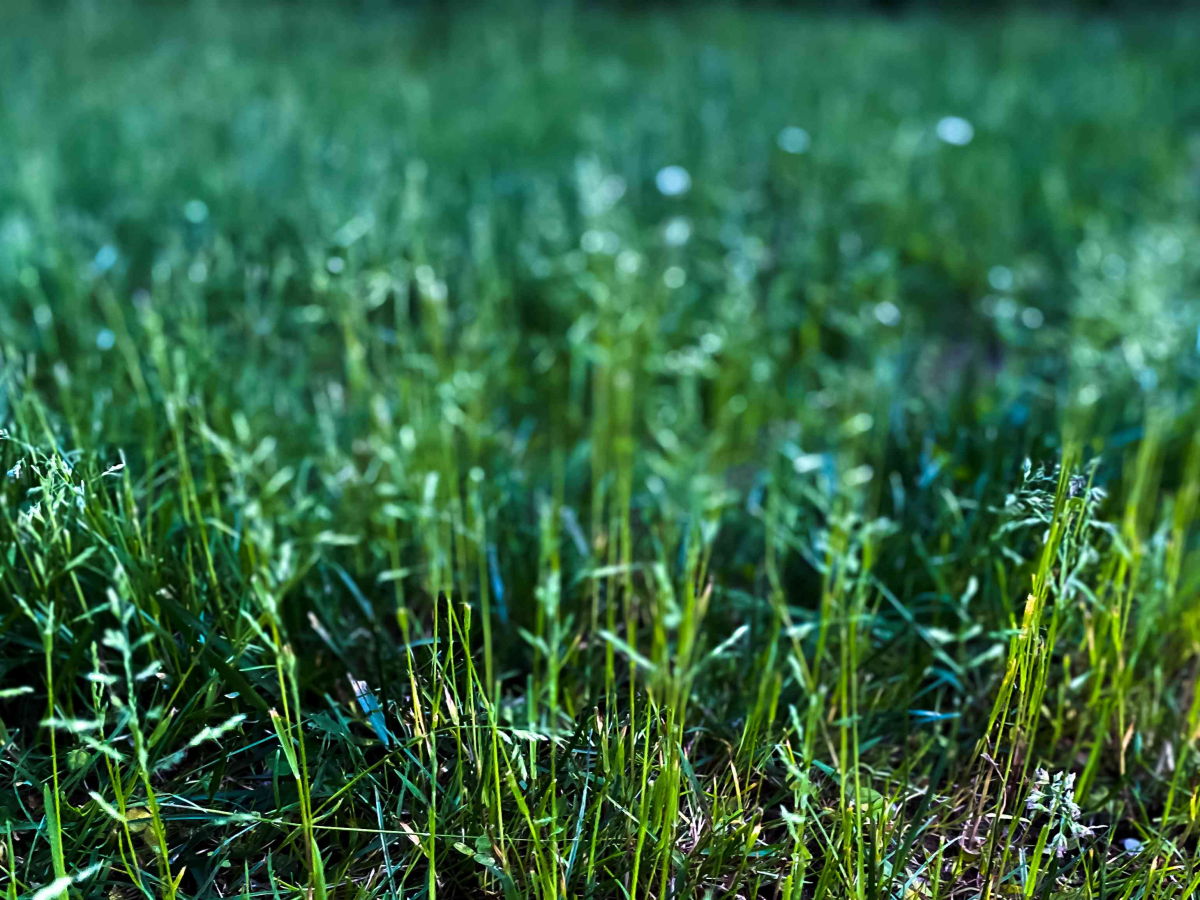
- Perennial Ryegrass (The Sprinter): This is your champion of speed. It can sprout in just 5 to 7 days. It provides a quick green cover that prevents erosion and shades out weeds while the tougher grasses take their sweet time. But it’s a sprinter, not a marathon runner. It struggles with intense heat and drought. In many mixes, it acts as a “nurse grass” that dies off as the more durable grasses take over.
- Turf-Type Tall Fescue (The Modern Workhorse): Don’t confuse this with the old, clumpy pasture grass. Modern varieties are much finer and look great. Germination takes a bit longer, maybe 7-14 days, but its strength is its deep roots. This makes it incredibly drought and heat-tolerant. It’s the king of the “Transition Zone” (think places like Virginia, Kansas, and North Carolina where summers are brutal). On the downside, it doesn’t spread sideways, so you’ll need to overseed to fix bare patches.
- Kentucky Bluegrass (The Premium Carpet): This is the slowpoke of the group, taking 14 to 30 days to sprout. So why use it? Because once it gets going, it spreads with underground runners to create a dense, beautiful, self-repairing lawn. It’s often mixed with Perennial Ryegrass—the rye gives you quick green, and the KBG slowly builds the permanent, high-quality turf underneath. Be warned, though: it’s high-maintenance and needs more water and fertilizer than Tall Fescue.
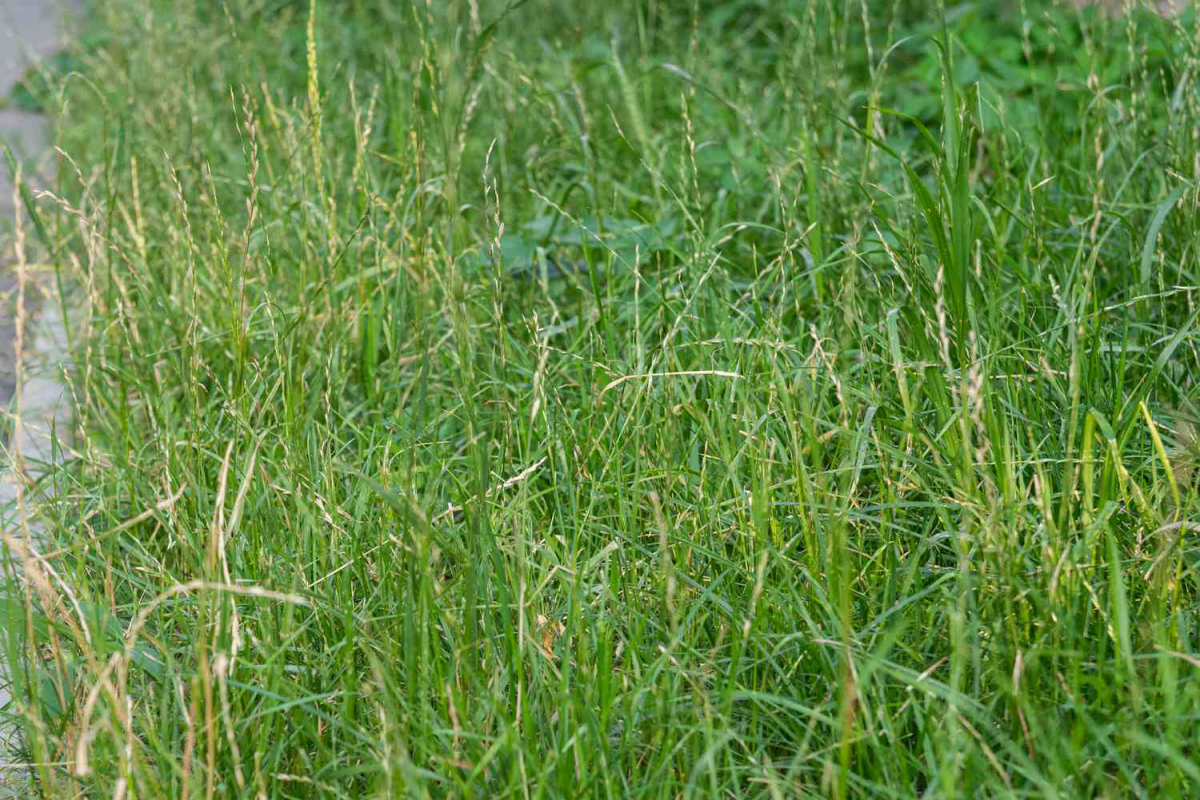
Warm-Season Grasses (For Southern Climates)
These grasses absolutely love the heat and go dormant (turn brown) in the winter.
- Bermudagrass (The Sun Worshipper): This grass is aggressive. It spreads fast, handles traffic well, and loves full sun (we’re talking 8+ hours a day, non-negotiable). Because it’s so aggressive, you have to be ready to mow it often and edge your flower beds religiously to keep it from taking over.
- St. Augustinegrass (The Coastal Favorite): Popular in humid areas like Florida, this grass has very wide blades and forms a thick mat that chokes out weeds. It has better shade tolerance than Bermuda. But here’s the critical part: St. Augustine is almost always planted from sod or plugs. You won’t find effective seed for it. So if you want a St. Augustine lawn, you’re not shopping for a bag of seed, you’re budgeting for sod.
The Game Plan: From Bare Dirt to Green Lawn
Having the right seed is maybe 20% of the battle. The other 80% is all in the prep work and follow-through. Let’s break it down.
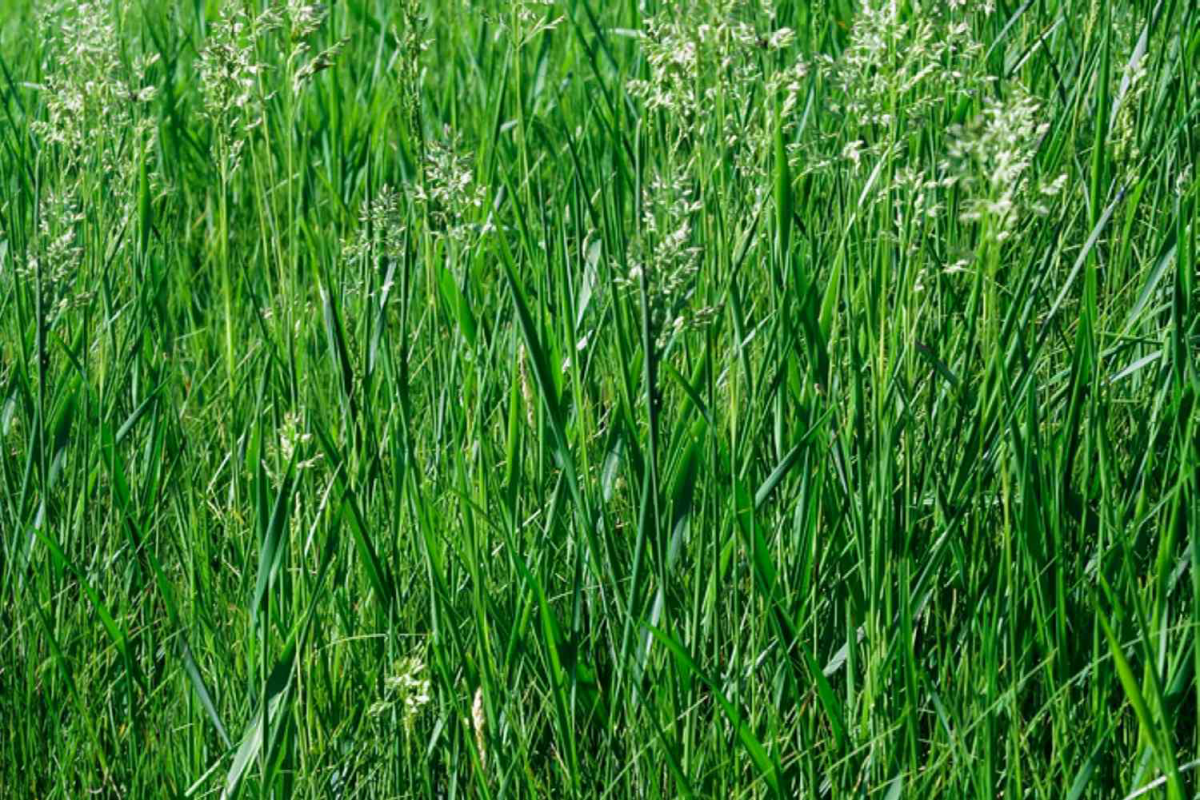
Before You Start: Your Timeline & Budget
This isn’t a one-weekend project. Being realistic is key.
A Typical Timeline:
• Week 1: Get that soil test done.
• Week 2-3: Get your results back. Go buy the right seed and amendments (lime, fertilizer).
• Week 4 (The Big Weekend): Prep the site, spread the amendments and seed, and start watering.
• Weeks 5-7: The critical watering phase. You’ll be watering lightly multiple times a day. Every. Single. Day.
• Week 8+: The grass is up! You can switch to deeper, less frequent watering and prepare for the first mow.
A Sample Budget (for 1,000 sq. ft.):
• Quality Seed (TTTF or similar): $40 – $70
• Starter Fertilizer: $20 – $30
• Soil Test: $15 – $25
• Peat Moss or Seeding Mulch: $15 – $20
• Core Aerator Rental (half-day): $50 – $75 (optional, but highly recommended for compacted soil)
Total: Around $140 – $220. Not bad for a brand new lawn!
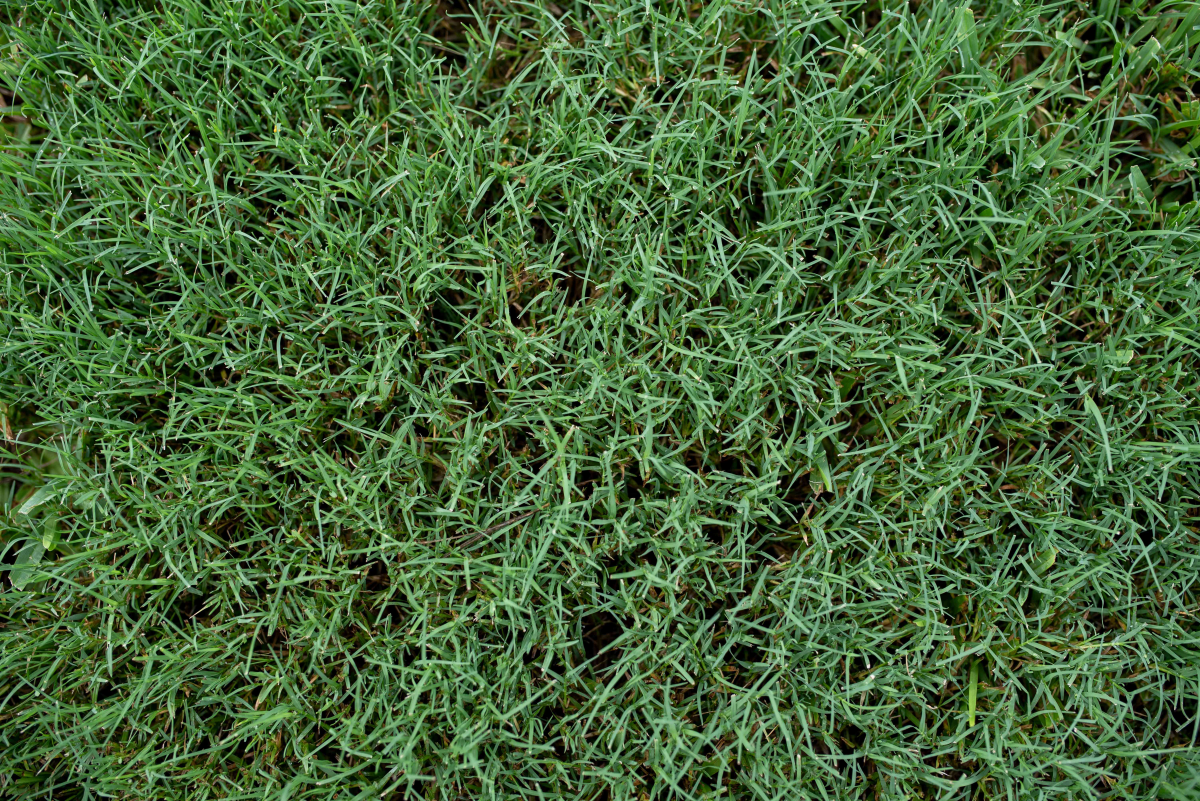
Step 1: Prep the Ground
Start with a clean slate by removing all weeds and old grass. Then, loosen the soil. If it’s compacted, renting a core aerator from a place like Home Depot or a local tool rental shop is a game-changer. After aerating, spread any lime or starter fertilizer your soil test called for. Rake everything smooth to create a fine, crumbly seedbed.
Step 2: Spread the Seed (The Right Way)
A common mistake is spreading seed by hand. Don’t do it! You’ll get a blotchy, uneven mess. Use a broadcast spreader, even a cheap handheld one is better than nothing. To get perfect coverage, use the two-pass method: cut the spreader’s rate setting in half, then apply half your seed walking north-to-south, and the other half walking east-to-west. This crisscross pattern eliminates stripes.
Step 3: Get Good Seed-to-Soil Contact
Seeds need to be tucked into the soil. Gently go over the area with the back of a leaf rake to lightly mix the seed into the top 1/4 inch of soil. For best results, rent a lawn roller, fill it about one-third with water, and roll the whole area. This presses the seed in firmly.
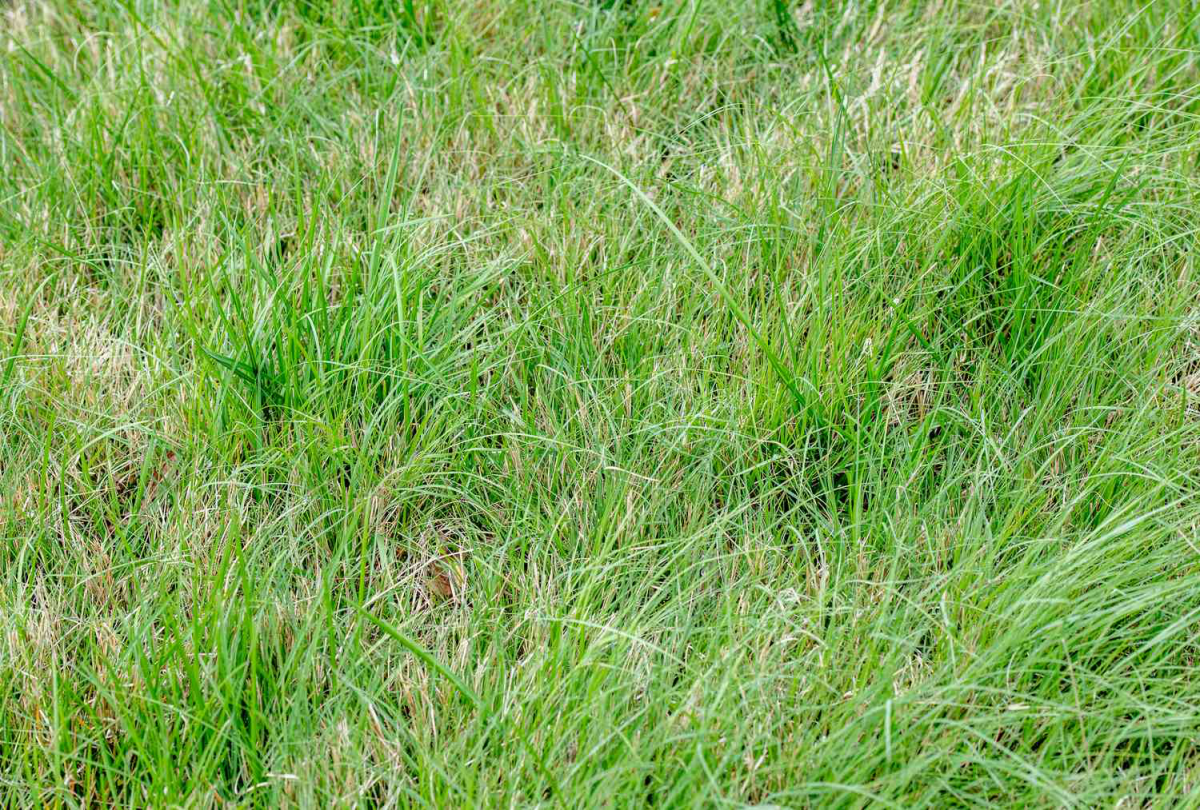
My favorite final touch? Cover the area with a very thin layer of peat moss. It helps hold moisture and gives you a visual cue for watering. And when I say thin, I mean sprinkle it on like a light dusting of cinnamon on a cappuccino—just enough to obscure the soil, not bury the seed.
Step 4: The All-Important Watering Schedule
This is where your diligence pays off. For the first 2-3 weeks, your only job is to keep that top inch of soil moist. This often means light waterings for 5-10 minutes, 2-4 times a day. Set a timer on your phone! Once the grass is about an inch tall, you can start watering less often but for longer, encouraging the roots to dig deep.
The First Few Months: Nurturing Your New Turf
Once you see green, you’re not done yet. The first mow is a big milestone. Wait until the grass is about 4 inches tall to mow it down to 3 inches. And make sure your mower blade is razor-sharp; a dull blade tears the grass and invites disease.
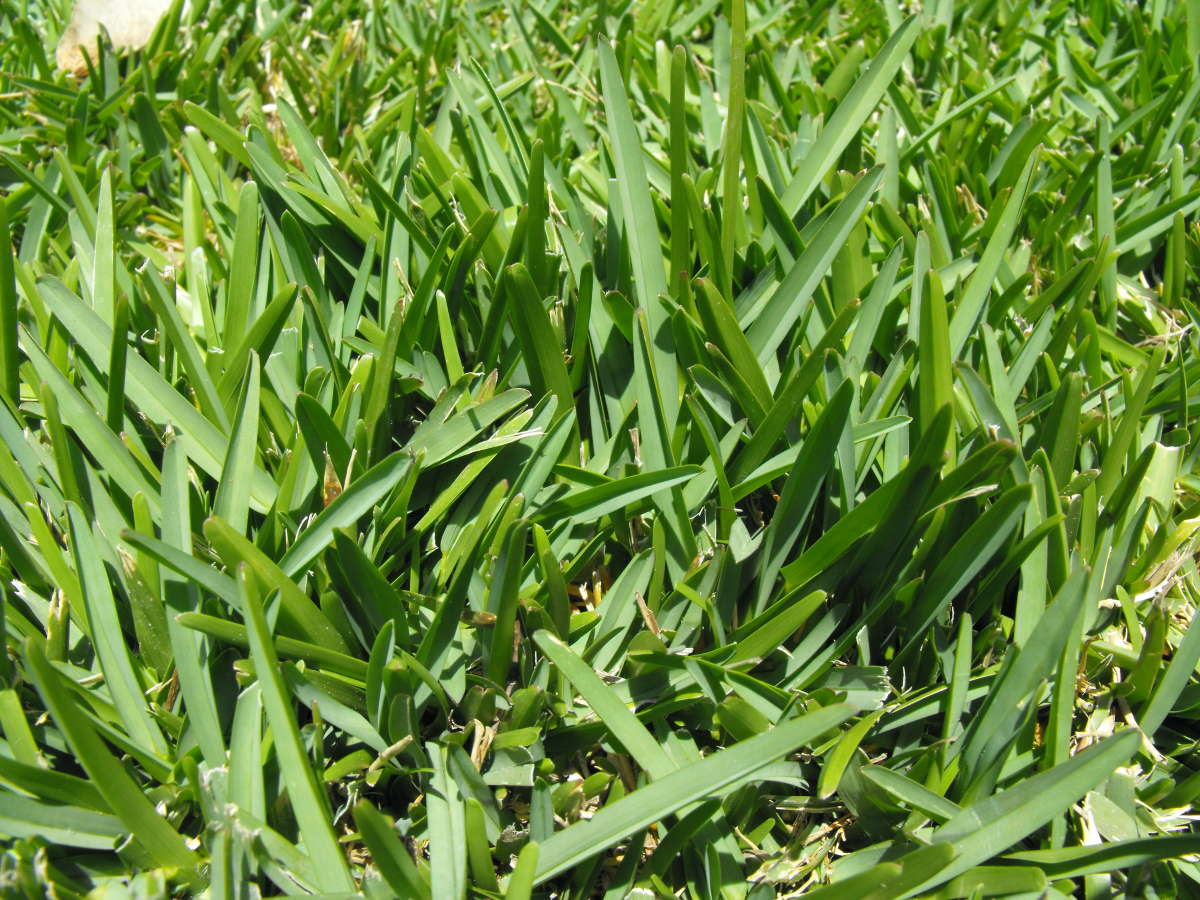
You will get weeds. It’s just a fact of life. Your best defense is a thick, healthy lawn that crowds them out. Be patient. Wait until you’ve mowed the new lawn at least 3 or 4 times before even thinking about using a weed killer, and make sure the label says it’s safe for new grass.
By understanding that a great lawn is a process, not a product, you can build something that’s not just beautiful, but healthy and resilient for years to come. It just takes a little know-how and consistent care.
Galerie d’inspiration
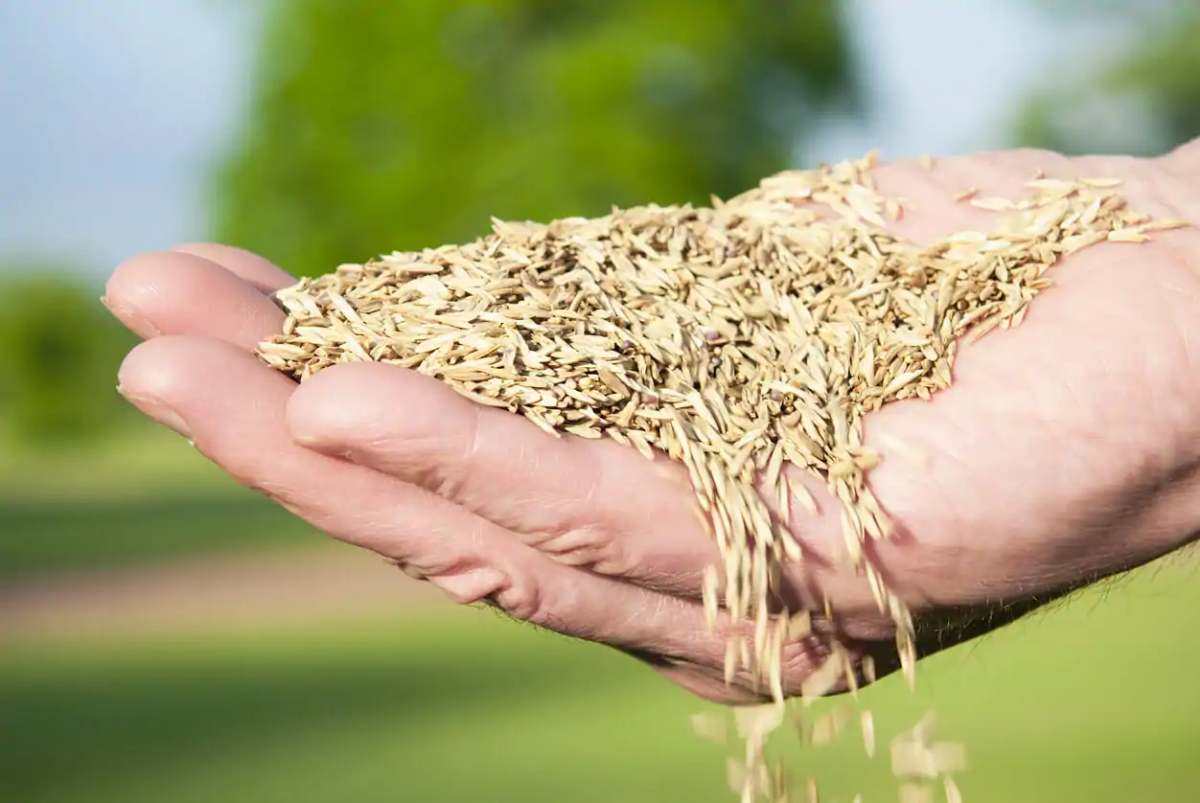
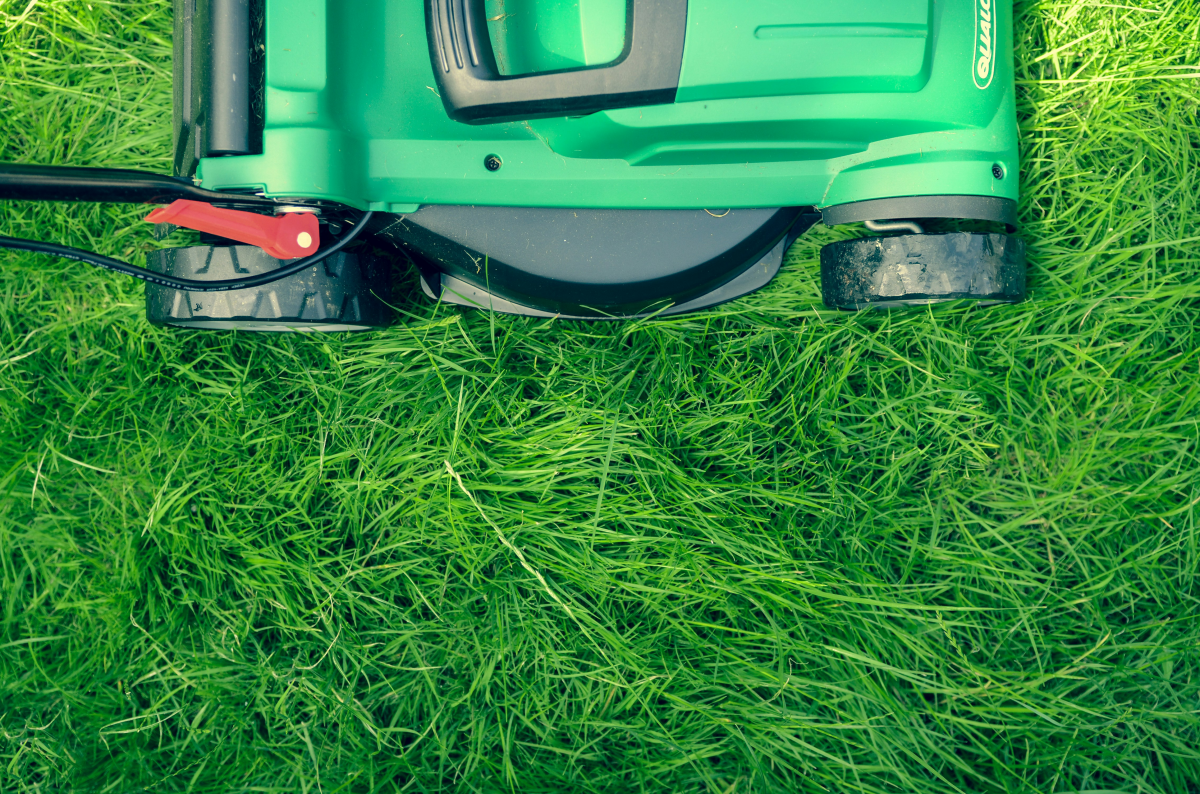
Perennial Ryegrass: The undisputed champion of speed. Look for blends heavy in ryegrass, like many from Scotts or Pennington, if you need visible green sprouts in 5-10 days to combat erosion or for a quick aesthetic fix. The trade-off? It can be less tolerant of intense summer heat and drought.
Tall Fescue: This variety plays the long game. Germinating in 10-21 days, it establishes deep roots that create a dense, durable, and drought-resistant turf. It’s the workhorse for a resilient, high-traffic family lawn.
For most homeowners, a quality blend of both is the smartest choice, giving you rapid initial cover from the ryegrass while the fescue builds a strong foundation for the years to come.
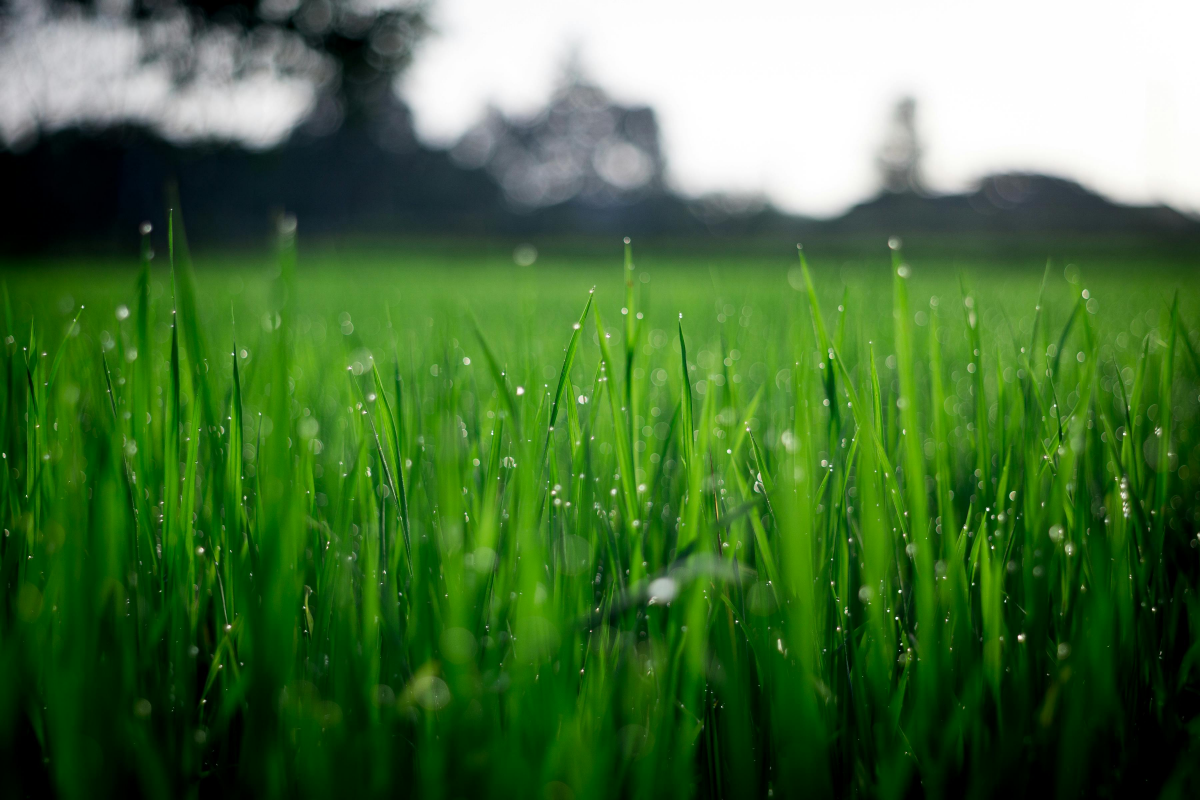
A single grass plant can produce more than 10,000 feet (over 3 km) of roots in its lifetime.
This incredible root system is your lawn’s lifeline. But it can’t develop in compacted, lifeless soil. Before you seed, raking the topsoil isn’t enough. Amending it with a one-inch layer of nutrient-rich compost provides the crucial organic matter and aeration that allows these tiny roots to dive deep, seeking out the moisture and stability they need to thrive.
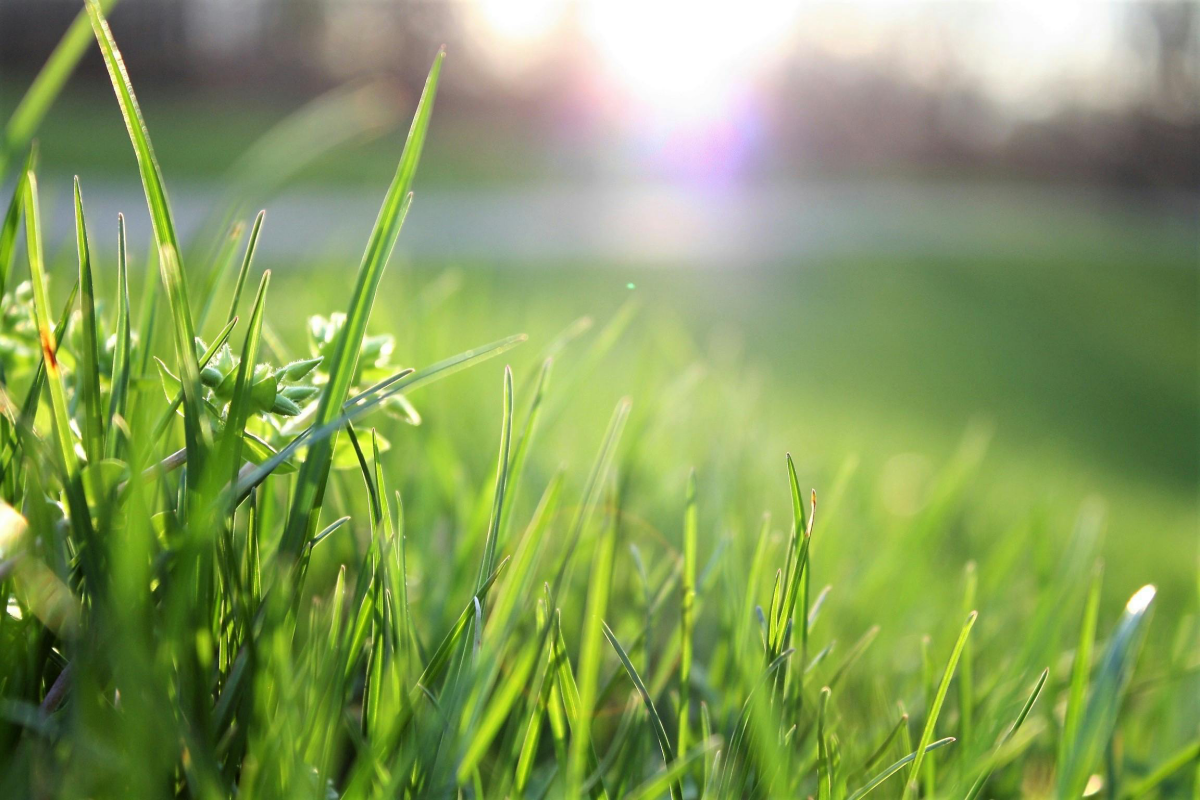
Can I just spread seed over my existing, patchy lawn?
Yes, this is called overseeding, and it’s a great way to thicken a thin lawn. However, you can’t just toss it and hope for the best. For the seed to germinate, it must make direct contact with soil. First, mow the existing grass shorter than usual and give the lawn a vigorous raking to remove thatch and loosen the soil surface. After spreading the seed, a light top-dressing with peat moss, like Scotts Turf Builder Lawn Soil, helps keep the seeds moist and in place, dramatically improving your success rate.
- Prevents soil erosion on bare slopes.
- Outcompetes aggressive weeds before they can take hold.
- Provides a soft, cool surface much faster than other methods.
The secret behind these benefits? Proper watering. The goal for new seeds isn’t a deep soaking once a week, but light, frequent watering 2-3 times a day. You want the top inch of soil to remain consistently damp, like a wrung-out sponge, never soggy and never bone-dry.










